
SEAT Leon interior, tech and comfort
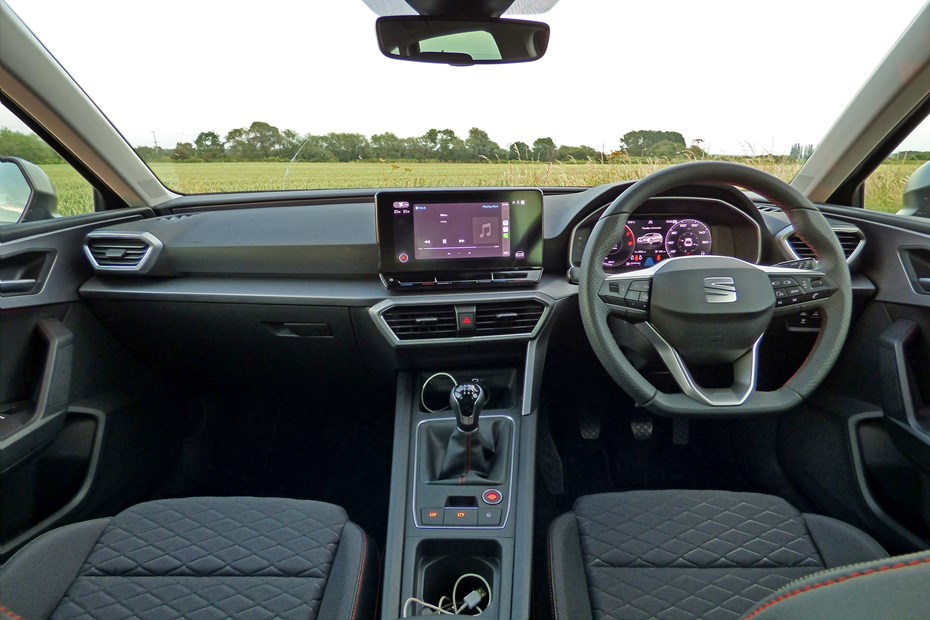
- Lots of up-to-date tech
- Available with 8.25- or 10.0-inch touchscreen
- Voice control for all major functions
How is the quality and layout?
Climb into the SEAT Leon’s cabin and you’ll notice the absence of buttons on the dashboard. It’s distinctly uncluttered and minimalist. Some might think this approach will result in an easy to-use-cabin, but we think the reliance on the touchscreen infotainment may deter some more traditional customers.
The quality of the dash plastics are nice enough, but there’s not much in the variety of materials used so it does look a little boring in here.

The steering wheel is nice to use, without being too thick or large to hold, but the sheer number of controls can also seem intimidating at first – even if we did begin to get used to them after a week of use.
Infotainment and tech
SE models get a smaller 8.25-inch version of the central touchscreen, but SE Dynamic models and above get the largest 10.0-inch screen available. Wireless Apple CarPlay and Android Auto come as standard on all models, so it’s very easy to sync your mobile phone with the car for streaming music and making hands-free calls.
You can change the layout of the car’s digital menu by pressing the bottom left icon, but getting to grips with the infotainment’s reels of icons will take a while and our evidence suggests it could prove distracting on the move. Drive modes, for example, are not selected by a dedicated button and the ventilation controls feel a little scattered.
The temperature for the climate control uses touch-sensitive pads beneath the screen, indicated by thinly coloured lines that can be difficult to see in bright sunlight and they don’t light up at night.
To change the air flow settings you must locate a menu on the touchscreen, while buttons to demist the front and rear windscreens are now bunched with the headlight switches beneath the driver’s-side air vent.
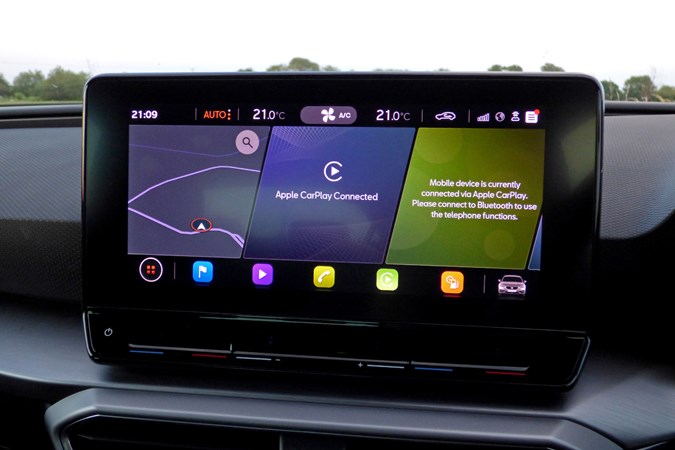
There’s a large 10.25-inch Digital Cockpit screen on SE Dynamic models upwards as well, which is controlled by a collection of buttons on the steering wheel.
Comfort
- A bit rattly sounding at times
- Seats are comfortable, if not particularly posh feeling
- Not a luxurious ambiance, but cosy enough
The engines remain hushed, but there is a little wind noise around the driver’s window and at the top of the windscreen. The standard stereo is quite punchy though and is more than capable of drowning this out.
The switch to two-cylinder mode on the 1.5-litre petrol engine is almost imperceptible now, as previous models fitted with this function would sometimes annoy by sending vibrations into the cabin and generate a low-frequency rumble in the background. The smallest 1.0-litre engine does need to be revved quite hard, and sounds a little strained at times, but tall gearing helps give the car a more relaxed gait.
When it comes to seating, it’s easy to find a comfortable position with plenty of adjustment, and side support on the FR models to hold you in place.

You also don’t sit too high up, with both front seats being height adjustable. The driver’s seat comes with lumbar support as standard. The choice of seat upholstery is a little cheap in our view – it’s part of the SEAT trade-off, we guess, relegating the Spanish brand a little below its Audi and Volkswagen peers.





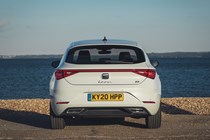
.jpg)
.jpg)
.jpg)
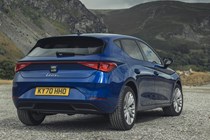
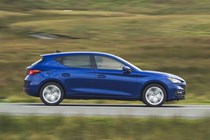

.jpg)
.jpg)
.jpg)
.jpg)


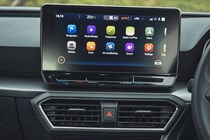
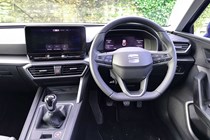
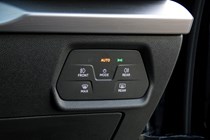

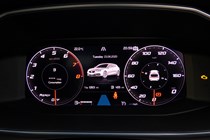
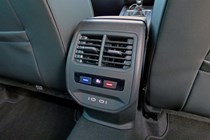
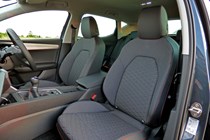

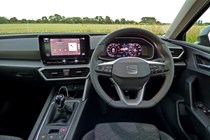

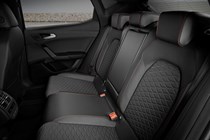
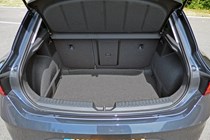
.jpg)
.jpg)
.jpg)






.jpg?quality=50)
.jpg?quality=50)
.jpg?quality=50)



.jpg?quality=50)
.jpg?quality=50)
.jpg?quality=50)
.jpg?quality=50)














.jpg?quality=50)
.jpg?quality=50)
.jpg?quality=50)